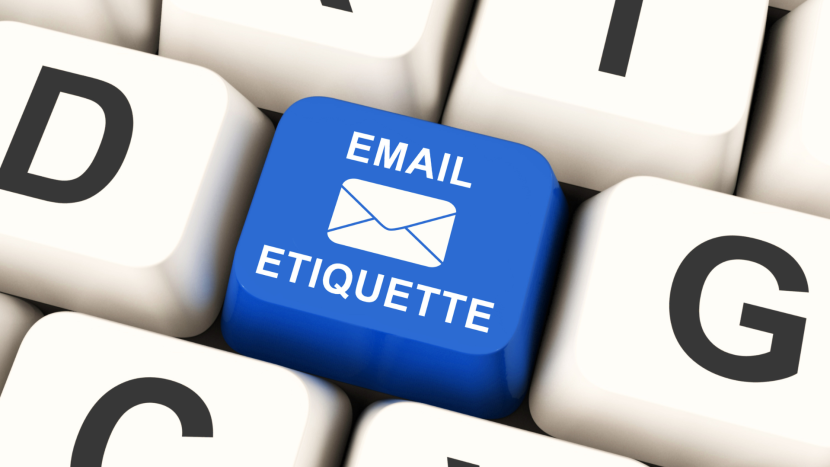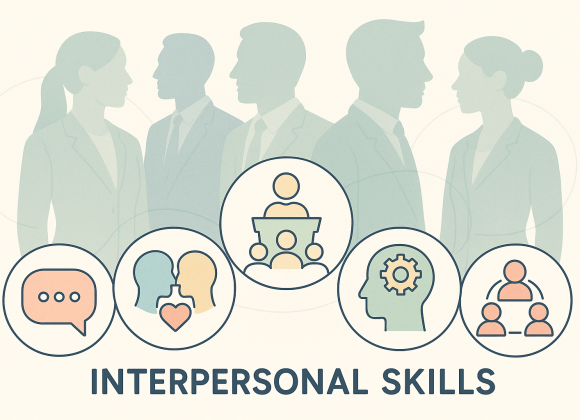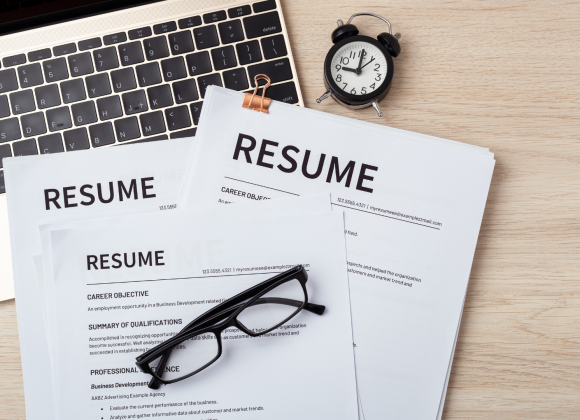Email is the backbone of modern professional communication. Whether you’re sending a resume, collaborating with colleagues, or pitching a proposal to a client, the way you write and structure your email matters. A poorly crafted email can reflect badly on you and your organization, while a well-written one can strengthen relationships and boost credibility.
In this blog, we’ll explore the dos and don’ts of email etiquette to help you write effective, polite, and professional emails.
The Dos of Professional Email Etiquette

1. Start with a Clear, Relevant Subject Line
The subject line is the first thing your recipient sees. It should summarize the content of your email and help the reader prioritize their response.
Example: “Request to Reschedule Team Meeting – Thursday 3 PM”
Avoid vague phrases like “Hello” or “Quick Question.”
2. Use a Professional Salutation
Always open with a courteous greeting based on your relationship with the recipient. Use “Dear,” “Hello,” or “Hi” followed by their title and name if unsure of the tone.
Examples:
“Dear Dr. Sharma,”
“Hello Mr. Singh,”
“Hi Anjali,” (for informal internal communication)
3. Introduce Yourself (If Necessary)
When emailing someone for the first time or outside your organization, give a brief intro.
“My name is Rohan Mehta, and I am the Operations Manager at XYZ Ltd. I’m reaching out regarding…”
This adds context and helps build rapport.
4. Keep the Message Focused and Concise
Professional emails should be straightforward. Use paragraphs, bullet points, or numbered lists for better readability.
Avoid: Long-winded explanations, redundant phrases.
Do: Get to the point, organize your thoughts.
5. Be Polite and Courteous
Phrases like “please,” “thank you,” and “I appreciate your help” reflect professionalism and respect. Even when making requests, maintain a friendly and humble tone.
6. Proofread Before Sending
Check for:
- Spelling mistakes
- Grammatical errors
- Incomplete sentences
- Incorrect names or job titles
Use tools like Grammarly or Microsoft Editor for assistance. Always read your email once before hitting send.
7. Use a Professional Email Signature
A good email signature includes:
- Your full name
- Title/Designation
- Company/Organization Name
- Phone number
- LinkedIn/Website (if applicable)
Example:
Riya Sinha
Marketing Executive | Creative Minds Pvt. Ltd.
+91-9876543210 | www.creativeminds.in
8. Respond Promptly
Reply within 24–48 hours to maintain professional responsiveness. Even if you don’t have a full answer, acknowledge receipt and let them know when to expect a reply.
The Don’ts of Professional Email Etiquette
1. Don’t Use All Caps or All Lowercase
TYPING IN ALL CAPS LOOKS LIKE SHOUTING.
writing in all lowercase looks lazy.
Maintain proper capitalization for a polished tone.
2. Don’t Use Informal Language, Slang, or Emojis
Avoid texting-style language like “u,” “pls,” or “LOL.” Also steer clear of emojis in formal communication. Stick to formal grammar and sentence structure.
“Hey! Can u help me out asap? 😊”
“Could you please assist me with this by end of day?”
3. Avoid Overusing Exclamation Marks
While it’s okay to use the occasional exclamation point, overuse can make you seem overly emotional or unprofessional.
“Thanks a lot!!! You’re the best!!!”
“Thank you. I really appreciate your help.”
4. Don’t Neglect CC and BCC Etiquette
- CC (Carbon Copy): Use it to keep relevant people in the loop.
- BCC (Blind Carbon Copy): Use it when sending emails to a large list to protect recipient privacy.
Never CC irrelevant parties or over-share.
5. Never Send Emails in Anger
Avoid sending an email when you’re upset. Emotional messages can be misinterpreted and cause damage. Write a draft, take a break, and revisit it later.
6. Don’t Attach Large Files Without Warning
If your attachment exceeds 5MB, mention it in the email and consider using a file-sharing service like Google Drive or WeTransfer. Large attachments can clog inboxes or bounce back.
7. Avoid Vague Closures
Don’t end emails abruptly. Provide clear closure with next steps or expressions of thanks.
🚫Ending: “Let me know.”
✅Ending: “Please confirm if 3 PM on Thursday works for you. Looking forward to your response.”
8. Don’t Forget to Double-Check the Recipient
Sending emails to the wrong person, especially confidential ones, can be disastrous. Use auto-complete with caution and recheck before clicking “Send.”
Bonus Tips for Polished Professional Emails
- Avoid Jargon or Technical Terms (unless your audience understands them)
- Use Professional Fonts like Arial, Calibri, or Times New Roman
- Avoid Background Colors and Excessive Formatting
- Follow Up, But Don’t Spam – If you don’t hear back, wait 48–72 hours before following up
Why Email Etiquette Matters
- It reflects your professionalism
- It enhances clarity and reduces misunderstandings
- It builds credibility and relationships
- It protects your reputation and your company’s brand
Final Thoughts
Email etiquette isn’t just about rules—it’s about respect, clarity, and professionalism. Mastering these dos and don’ts will help you stand out as a reliable communicator in any industry. Whether you’re writing to your boss, a new client, or a fellow team member, your email is your digital handshake—make it count.





